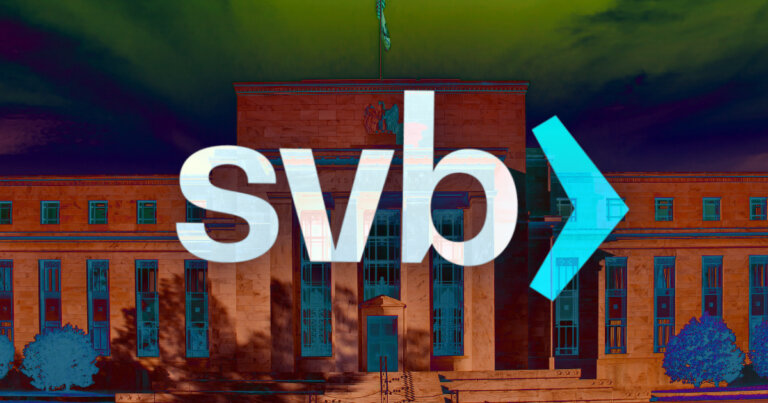 Contagion from SVB’s collapse highlights need for banking system resilience, says Fed official
Contagion from SVB’s collapse highlights need for banking system resilience, says Fed official Contagion from SVB’s collapse highlights need for banking system resilience, says Fed official
Federal Reserve Vice Chair for Supervision, Michael Barr, is set to testify before lawmakers on Tuesday.

Cover art/illustration via CryptoSlate. Image includes combined content which may include AI-generated content.
FDIC guarantees all deposits but investors suffer losses in SVB and Signature failures, with Basel III endgame reforms crucial to enhancing the banking system’s resilience, says a Fed official.
Silicon Valley Bank is set to be discussed in a hearing on Tuesday by a top Federal Reserve official, who plans to tell lawmakers that the bank failed due to mismanagement and a sudden panic among depositors.
Michael Barr, the Fed’s vice chair for supervision, released prepared testimony on Monday detailing SVB’s inability to manage interest rate and liquidity risk.
“At the forefront of my mind is the importance of maintaining the strength and diversity of banks of all sizes that serve communities across the country,” Barr said.
“SVB’s failure demands a thorough review of what happened,” he added, announcing that a full review of what happened to the bank would not be available until May 1, noting it would also include a broader assessment of the contagion the bank’s collapse caused.
Barr did, however, stress that it was due to the inter-connectedness of the American financial system that ultimately led to the contagion and the need for the Fed to step in.
Signature, contagion and the Fed’s response
The collapse of SVB was feared to have serious repercussions on the wider banking system, with the possibility of uninsured depositors being unable to access their funds causing concern among depositors about the safety and stability of US commercial banks.
“Depositors were connected by a network of venture capital firms and other ties, and when stress began, they essentially acted together to generate a bank run,” Barr said.
Moreover, the situation was compounded by signs of distress at other financial institutions, including the failure of FDIC-regulated Signature Bank due to a deposit run.
Systemic risk exceptions for the failures of SVB and Signature were approved by the Secretary of the Treasury on March 12th, following the unanimous recommendation of the Federal Reserve and FDIC boards.
This move allowed the FDIC to guarantee all deposits, but investors in equity and other liabilities were not protected and suffered losses. Senior management at both banks was promptly replaced.
According to Barr, the review process will now analyze whether new capital risk assessments are needed to mitigate risk better.
“As I said a few months ago with regards to capital, we must be humble about our ability—and that of bank managers—to predict how a future financial crisis might unfold, how losses might be incurred, and what the effect of a financial crisis might be on the financial system and our broader economy.”
Key takeaways
The collapse of SVB and the resulting contagion highlights the importance of continuing efforts to enhance the banking system’s resilience, Barr noted in the report.
To this end, it is essential to put forward and execute the Basel III endgame reforms Barr wrote, which he says will ultimately allow the Fed to provide a more accurate assessment of banks’ capital requirements by incorporating trading and operational risks.
“We will need to enhance our stress testing with multiple scenarios so that it captures a wider range of risk and uncovers channels for contagion,” Barr said.
























































